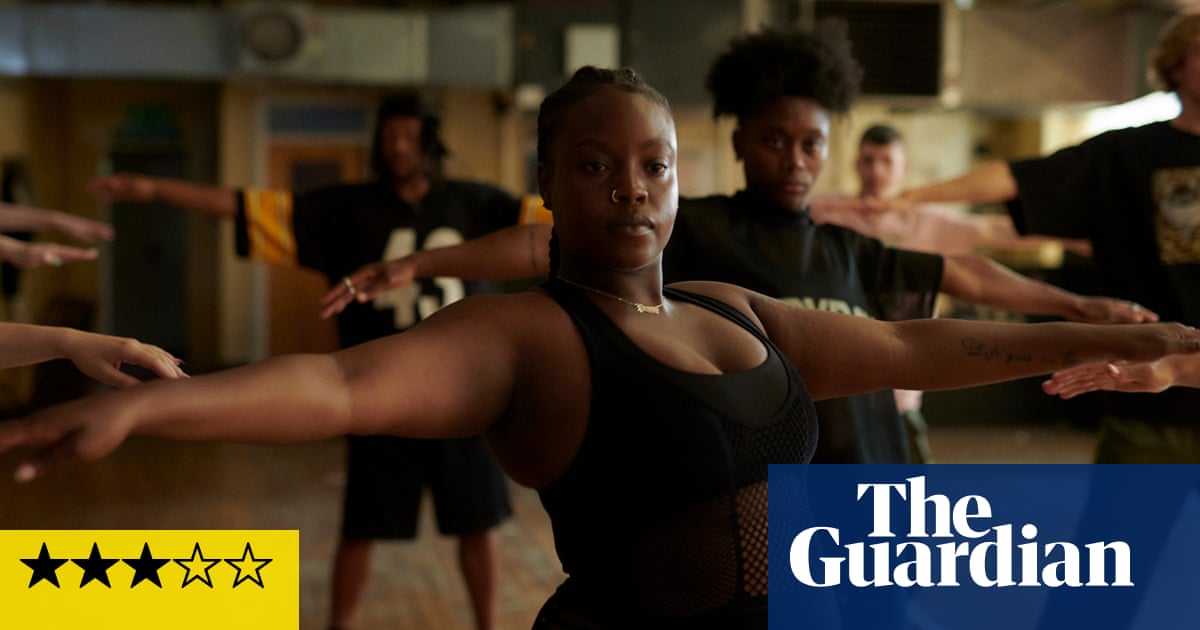Photo credit: www.theguardian.com
Dreamers: A Thoughtful Exploration of Teenage Life Through Dance
The realm of teen dramas has long been characterized by its blend of glamour and exaggerated conflicts. In the early 2000s, series like The OC and Gossip Girl showcased life’s highs with a constant stream of witty dialogue. The UK counterpoint, Skins, glamorized the tumultuous lives of a group of Bristol teenagers, presenting their struggles with a cool veneer. More contemporary offerings like Euphoria, Sex Education, and Heartstopper pushed boundaries with their audacious depictions of youth experiences, sexuality, and friendships. Each of these shows embraces its absurdities, yet the common thread is a certain level of implausibility.
Dreamers, however, takes a refreshingly realistic approach. This Channel 4 drama diverges from typical expectations, presenting a more grounded narrative about a collective of teenage dancers in Leeds. The series, crafted by Lisa Holdsworth and Gem Copping and directed by Sara Dunlop, captures a raw and immersive environment through its naturalistic filming style. The camera adopts a documentary-like perspective, lingering on mundane moments: idle conversations, daily routines, and even mundane tasks like pouring a drink, drawing viewers into the characters’ world in a manner that feels authentic and relatable.
Originally titled Dance School, the show embraces a no-frills approach that resonates with its themes. The dialogue feels genuine and relatable, punctuated by moments of awkward silence and non-committal responses that mirror real teenage interactions. It blends striking dance sequences with the everyday realities of life, creating an aesthetic that balances dynamic choreography with the banality of everyday life—a visual experience reminiscent of a Martin Parr photograph come to life.
Character Dynamics and Plot Development
The central figure—or protagonist—of Dreamers is Puppy, portrayed by Princess Nelia Mubaiwa. Puppy navigates her relationship with her mother, Erica, who heads the Chapeltown dance group. Despite her obvious talent, Puppy grapples with self-doubt about pursuing a professional career in dance, questioning if her aspirations reflect her own wishes or merely those of her mother. Initially, Koby, played by Demarkus Marks, appears to shine as the charismatic star of the group, though underlying tensions surface as Puppy starts to garner attention from industry professionals, leading to jealousy and conflict.
The narrative structure of Dreamers remains minimalistic, focusing on Puppy and Koby’s complicated friendship alongside fellow dancer Liam’s struggles with family responsibilities. While viewers may anticipate deeper explorations of themes like romance or substance use, these elements are largely absent—the emphasis stays firmly on the dance itself. The show immerses audiences in the world of amateur dance, providing an insider’s view during sequences like a video shoot with the rapper Graft, where the intensity and expectations of the choreography team highlight the pressures faced by aspiring dancers.
Despite the realistic portrayal, the stakes occasionally feel ambiguous. Throughout the series, hints of a potential dance competition arise, but viewers ultimately don’t witness the event or its implications. This understated narrative style lacks the dramatic tension often found in traditional teen dramas, steering clear of climactic revelations and instead opting for a more subdued delivery.
Reception and Cultural Impact
While not devoid of interest, Dreamers unfolds at a leisurely pace that invites binge-watching. The gentle vibe and Puppy’s endearing character draw viewers in, presenting a refreshing depiction of predominantly Black British characters in a setting outside London. The soundtrack, particularly the catchy theme song by Leeds artist Ntantu, elevates the viewing experience.
Yet, for viewers accustomed to the high-stakes narratives of prior teen dramas, Dreamers may sometimes lack the gripping elements needed to capture and sustain the fleeting attention of its target audience. While the series serves as a refreshing counterpoint to more sensationalized portrayals of adolescence, it also highlights that there is room for growth and evolution in balancing realism with the more riveting elements found in its genre counterparts.
Source
www.theguardian.com

